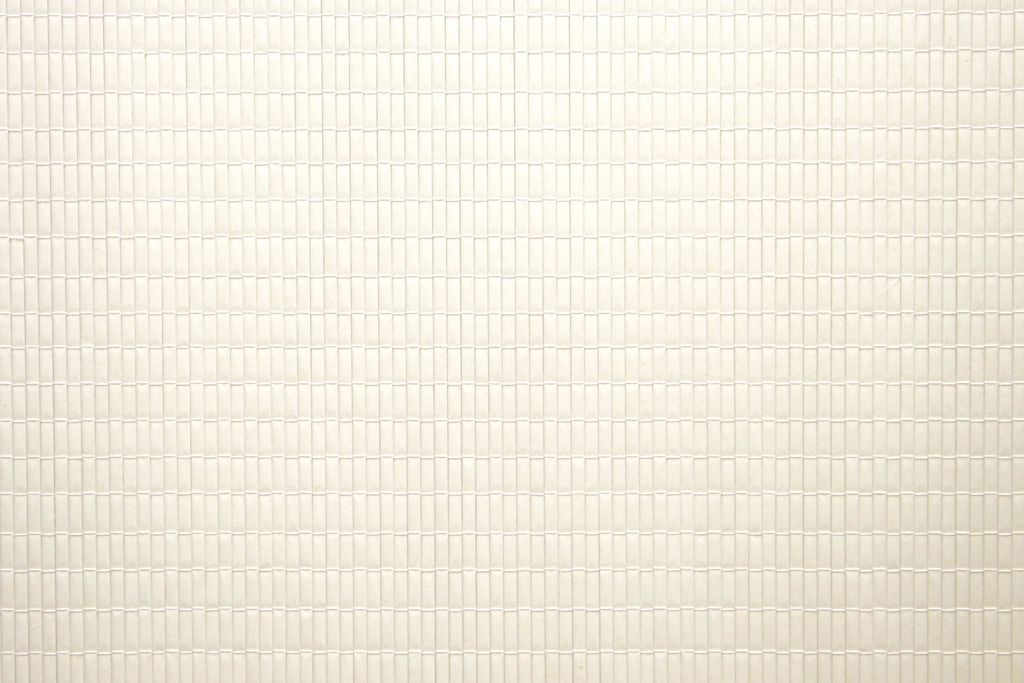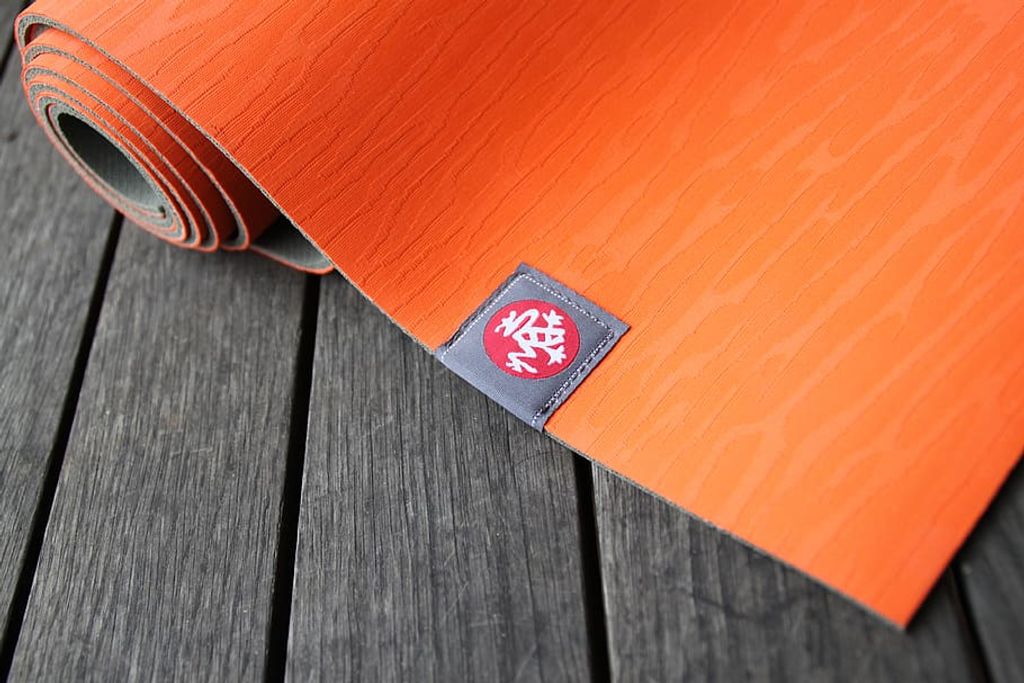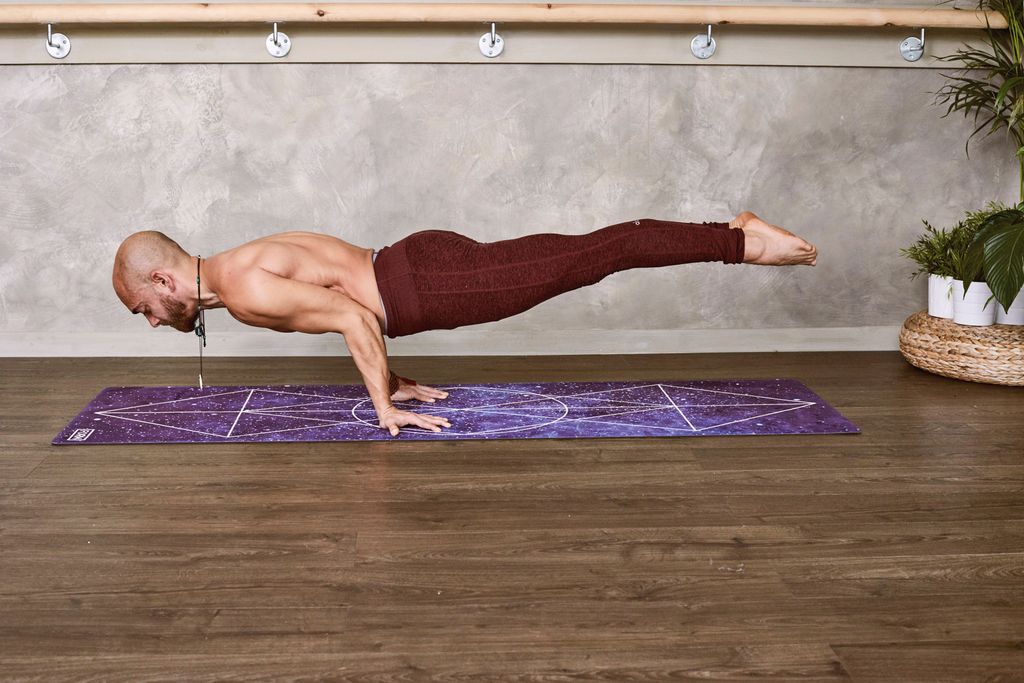
Choosing the Right Yoga Mat: Is a Rubber Mat the Best Option?
Choosing the right yoga mat is essential for a comfortable and effective practice. With so many options available, it can be overwhelming to decide which mat is best for you. In this article, we will explore the benefits of using a rubber yoga mat and provide key takeaways to consider when choosing the right mat for your needs.
Key Takeaways
- Rubber yoga mats offer enhanced grip and traction, making them ideal for hot and sweaty yoga sessions.
- They are durable and long-lasting, providing excellent value for money.
- Rubber mats are eco-friendly and sustainable, as they are made from natural materials.
- Consider the thickness and cushioning, texture and surface, size and weight, and price and value when choosing a rubber yoga mat.
- Proper cleaning and maintenance, as well as storing and transporting, will ensure the longevity of your rubber yoga mat.
Understanding the Importance of Choosing the Right Yoga Mat
The Role of a Yoga Mat in Your Practice
A yoga mat plays a crucial role in your practice by providing a stable and comfortable surface to perform various poses and exercises. It not only offers support and cushioning for your body but also helps prevent injuries by reducing the impact on your joints. Choosing the right yoga mat is essential to enhance your overall experience and maximize the benefits of your practice.
Factors to Consider When Choosing a Yoga Mat
When choosing a yoga mat, there are several factors to consider. The first factor is the material of the mat. Different materials offer different levels of grip, cushioning, and durability. It's important to choose a material that suits your needs and preferences. Another factor to consider is the thickness of the mat. Thicker mats provide more cushioning and support, while thinner mats are more portable and lightweight. The texture and surface of the mat also play a role in your yoga practice. Some mats have a smooth surface, while others have a textured surface for better grip. Finally, the size and weight of the mat should be taken into account. A larger mat may be more comfortable for certain poses, but it may also be heavier and less portable. Consider your practice style and needs when choosing the right yoga mat.
Exploring Different Types of Yoga Mats
Rubber Mats: Pros and Cons
Rubber yoga mats are a popular choice among yogis due to their unique properties. They offer excellent grip and traction, making them ideal for practicing challenging poses. Additionally, rubber mats are known for their durability and longevity, ensuring that they will last for years of regular use. Another advantage of rubber mats is that they are eco-friendly and sustainable, as they are often made from natural materials.
Other Popular Materials for Yoga Mats
When it comes to yoga mats, there are several other popular materials to consider apart from rubber. These materials offer different features and benefits that cater to various preferences and needs. Here are some of the other popular materials used for yoga mats:
-
PVC (Polyvinyl Chloride): PVC mats are known for their durability and affordability. They provide excellent cushioning and support, making them suitable for practitioners who prefer extra comfort during their practice.
-
TPE (Thermoplastic Elastomer): TPE mats are a more eco-friendly alternative to PVC mats. They are made from non-toxic materials and are biodegradable. TPE mats offer good grip and cushioning, making them a popular choice among yogis.
-
Cork: Cork mats are known for their natural antimicrobial properties, making them resistant to mold and mildew. They provide a firm and stable surface for practicing yoga and are also eco-friendly.
-
Jute: Jute mats are made from natural fibers and are biodegradable. They offer good grip and traction, especially when they are damp. Jute mats are lightweight and provide a natural and earthy feel.
It's important to consider your personal preferences, budget, and environmental impact when choosing a yoga mat. Each material has its own unique qualities, so take the time to explore and find the one that suits you best.
Benefits of Using a Rubber Yoga Mat
Enhanced Grip and Traction
One of the key benefits of using a rubber yoga mat is its enhanced grip and traction. The rubber material provides a non-slip surface that helps prevent your hands and feet from sliding during your yoga practice. This is especially important when performing poses that require stability and balance. With a rubber mat, you can confidently hold your poses without worrying about slipping.
In addition to the grip, rubber mats also offer excellent traction. The textured surface of the mat helps to create friction between your body and the mat, allowing you to maintain proper alignment and stability. This is particularly beneficial for poses that involve transitions or movements where you need to shift your weight.
Overall, the enhanced grip and traction provided by a rubber yoga mat can greatly improve your yoga practice and help you feel more confident and secure in your movements.
Durability and Longevity
Durability and Longevity
When it comes to choosing a yoga mat, durability and longevity are important factors to consider. A rubber yoga mat is known for its exceptional durability, making it a popular choice among yogis. Rubber mats are designed to withstand regular use and can last for years without showing signs of wear and tear. This makes them a cost-effective option in the long run, as you won't have to replace your mat frequently. Additionally, rubber mats are resistant to cracking and peeling, ensuring that they maintain their quality over time.
Eco-Friendly and Sustainable
Eco-Friendly and Sustainable
Rubber yoga mats are known for their eco-friendly and sustainable qualities. They are made from natural rubber, which is a renewable resource. This makes them a great choice for environmentally conscious yogis. Additionally, rubber mats are biodegradable, meaning they will break down over time and not contribute to landfill waste. By choosing a rubber yoga mat, you can feel good about reducing your carbon footprint and supporting sustainable practices.
How to Choose the Right Rubber Yoga Mat
Thickness and Cushioning
When it comes to choosing the right rubber yoga mat, there are a few key factors to consider. One important aspect is the thickness and cushioning of the mat. The thickness of the mat determines the level of support and comfort it provides during your practice. A thicker mat offers more cushioning for your joints, while a thinner mat allows for better stability and balance. It's important to find the right balance between comfort and stability that suits your individual needs and preferences.
Texture and Surface
Texture and Surface
When it comes to choosing a rubber yoga mat, the texture and surface play a crucial role in your practice. The texture of the mat determines the grip and traction it provides, ensuring that you can hold your poses without slipping. A rubber mat with a textured surface offers enhanced grip, allowing you to maintain stability and balance throughout your practice. Additionally, the surface of the mat should be smooth enough to provide comfort and support for your hands and feet.
Size and Weight
When choosing a rubber yoga mat, it is important to consider the size and weight. The size of the mat should be suitable for your body and provide enough space for your yoga practice. A mat that is too small may restrict your movements, while a mat that is too large may be difficult to carry and store. Additionally, the weight of the mat is important if you plan on traveling with it or carrying it to different locations. A lightweight mat can be more convenient for transportation, while a heavier mat may provide more stability during your practice.
Price and Value
When considering the price and value of a rubber yoga mat, it's important to take into account the quality and durability it offers. While rubber mats may be slightly more expensive than mats made from other materials, they are known for their long lifespan and excellent performance. Investing in a high-quality rubber mat can save you money in the long run as you won't have to replace it as frequently.
Additionally, rubber mats often come with added features such as antimicrobial properties, which help prevent the growth of bacteria and odors. This can contribute to a healthier and more hygienic yoga practice. It's worth considering these extra benefits when evaluating the price and value of a rubber yoga mat.
In summary, although rubber yoga mats may have a higher price tag, their durability, performance, and added features make them a worthwhile investment for serious yogis.
Caring for Your Rubber Yoga Mat
Cleaning and Maintenance Tips
Proper cleaning and maintenance of your rubber yoga mat is essential to ensure its longevity and performance. Here are some tips to keep your mat in top condition:
- Regularly wipe down your mat with a damp cloth or sponge to remove sweat and dirt.
- For a deeper clean, use a mild soap or mat cleaner and gently scrub the surface.
- Avoid using harsh chemicals or abrasive materials that can damage the rubber.
- After cleaning, allow your mat to air dry completely before rolling it up for storage.
Remember, taking care of your rubber yoga mat will not only extend its lifespan but also maintain its grip and hygiene.
Storing and Transporting
Properly storing and transporting your rubber yoga mat is essential for maintaining its quality and longevity. Here are some tips to help you take care of your mat:
- Roll your mat tightly and secure it with a strap or elastic band to prevent it from unraveling.
- Store your mat in a cool, dry place away from direct sunlight to avoid damage.
- Avoid placing heavy objects on top of your mat to prevent it from getting flattened or deformed.
- When transporting your mat, use a yoga mat bag or carrier to protect it from dirt and moisture.
Remember, taking care of your rubber yoga mat will ensure that it stays in good condition and lasts for a long time.
Caring for Your Rubber Yoga Mat
Conclusion
In conclusion, when it comes to choosing the right yoga mat, there are several factors to consider. While a rubber mat offers excellent grip and durability, it may not be the best option for everyone. It is important to consider your specific needs, such as the type of yoga you practice and any allergies or sensitivities you may have. Additionally, considering factors like comfort, thickness, and eco-friendliness can help you make an informed decision. Ultimately, the best yoga mat for you is the one that suits your individual preferences and requirements.
Frequently Asked Questions
Are rubber yoga mats suitable for all types of yoga?
Rubber yoga mats are suitable for most types of yoga, including hot yoga and vinyasa flow. The natural rubber material provides excellent grip and traction, making it easier to hold poses and maintain stability.
Do rubber yoga mats have a strong odor?
Some rubber yoga mats may have a strong odor initially, especially if they are made from natural rubber. However, the odor usually dissipates over time with proper airing and use.
Can rubber yoga mats cause allergies?
Rubber yoga mats made from natural rubber may cause allergies in individuals who are sensitive to latex. If you have a latex allergy, it is recommended to choose a mat made from synthetic rubber or other materials.
How do I clean a rubber yoga mat?
To clean a rubber yoga mat, you can use a mixture of mild soap and water. Gently scrub the mat with a soft cloth or sponge, then rinse thoroughly and air dry. Avoid using harsh chemicals or abrasive scrubbers, as they can damage the mat.
Can I use a rubber yoga mat outdoors?
Yes, rubber yoga mats can be used outdoors. However, prolonged exposure to sunlight and extreme temperatures may cause the mat to degrade faster. It is recommended to store the mat indoors when not in use.
How long does a rubber yoga mat last?
The lifespan of a rubber yoga mat depends on various factors, such as the frequency of use and care. With proper maintenance, a high-quality rubber mat can last for several years.


